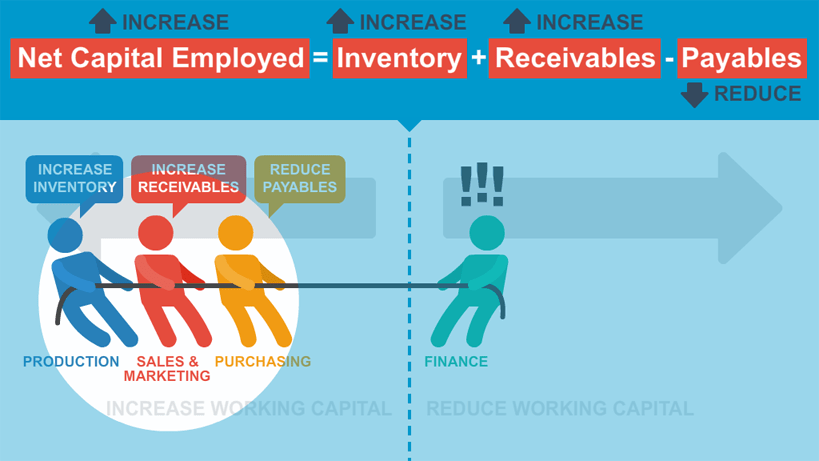
Check if the bank deposits and withdrawals match the records on the balance sheet. If there are any differences between the bank statement and the balance sheet, cross-check to identify the mistake’s source. If the mistake is on the bank’s end, contact the bank and inform them. A bank may charge an account maintenance fee, typically withdrawn and processed automatically from the bank account. When preparing a bank reconciliation statement, a journal entry is prepared to account for fees deducted.
Adjusting the General Ledger Balance
Because of this unique presentation, we gave additional points to Xero for its ease of use score. Xero’s score is a bit behind QuickBooks Online because Xero lacks automatic matching and the ability to add ending balance in reconciliation. It doesn’t have a counterpart to QuickBooks Payments that allows QuickBooks Online to match all payments that go through QuickBooks Payments automatically. But setting that aside, both QuickBooks Online and Xero go head-to-head in bank reconciliation features.
Step #2: Work Out the Balance as Per Bank Side of the Bank Reconciliation Statement
Unrecorded items are different from timing differences as the company needs to record these differences in its bank book as well. Check the balances of the bank statements and the cash balance in your books after you’ve adjusted all the transactions and compared them. If not, there may be checks outstanding or deposits in transit or you may need to perform another reconciliation.
Add book transactions to your bank balance
Remember, banks make mistakes, too, with transposition errors common. Therefore, when your balance as per the cash book does not match with your balance as per the passbook, there are certain adjustments that you have to make in order to balance the two accounts. You need to adjust the closing balance of your bank statement in order to showcase the correct amount of withdrawals or the cheques issued but not yet presented for payment. Thus, such debits made by the bank directly from your bank account lead to a difference between the balance as per cash book and the balance as per the passbook. However, there may be a situation where the bank credits your business account only when the cheques are actually realised. When your business receives cheques from its customers, such amounts are recorded immediately on the debit side of the cash book.
Step 2: Compare deposits
If the bank has processed interest earned, it should reflect as an addition in your records. It’s possible there are additional transactions on the bank statement that you may not have in your records. Find out the reason for the additional or missing bank transactions before making adjustments. treasury stock transactions After you’ve received bank statements, establish the last reconciled transaction from the previous period and begin there. Let’s assume you’ve balanced your cash book for March, and the balance is $1,300 as of March 31st. A week later, you receive your monthly statement with a balance of $1,500.
Why is it important to reconcile your bank statements
Match each deposit from the debit side of your record to the credit side on the bank statements while ensuring that the amounts correspond. Bank reconciliation statements outline the outstanding transactions you found and the adjustments you made to your books during the bank rec process. It’s an expanded version of the bank rec journal entry, with details about each unaccounted-for transaction instead of combining the totals of each kind of transaction. https://www.simple-accounting.org/ Non-sufficient funds (NSF) checks are recorded as an adjusted book-balance line item on the bank reconciliation statement. Infrequent reconciliations make it difficult to address problems with fraud or errors when they first arise, as the needed information may not be readily available. Also, when transactions aren’t recorded promptly and bank fees and charges are applied, it can cause mismatches in the company’s accounting records.

All ReconArt plans are web-based and work with any ERP solution, accounting system, and external data sources. We also employ a comprehensive editorial process that involves expert writers, which ensures that articles are well-researched and organized, offering in-depth insights and recommendations. The reconciliation is carried out frequently, usually at monthly intervals.
This can also help you catch any bank service fees or interest income making sure your company’s cash balance is accurate. After recording the journal entries for the company’s book adjustments, a bank reconciliation statement should be produced to reflect all the changes to cash balances for each month. This statement is used by auditors to perform the company’s year-end auditing. We strongly recommend performing a bank reconciliation at least on a monthly basis to ensure the accuracy of your company’s cash records. A monthly reconciliation helps to catch and identify any unusual transactions that might be caused by fraud or accounting errors, especially if your business uses more than one bank account. How you choose to perform a bank reconciliation depends on how you track your money.
Or if a debtor has paid you via check and you’ve credited the account, but the receivable isn’t reflected yet in the bank statement. An expense or a sale may have been overlooked and not added to the ledger, causing a balance difference between the book and the bank statement. During September, the company received $120,000 from sales and invoiced debtors $40,000 the previous month, and received a check that has not yet been reflected in the bank account. FreshBooks’s Bank Reconciliation is available on Plus, Premium, and Select plans, as well as on the 30-day free trial.
- The deposit could have been received after the cutoff date for the monthly statement release.
- First, bank reconciliation statements provide a mechanism of internal control over cash.
- This practice is essential for maintaining the financial health and integrity of your business.
- Automating bank reconciliation can bring numerous benefits to a business, including increased accuracy, productivity, and cost savings.
If you add all uncleared transactions to the statement ending balance, you’ll arrive at the register balance or the adjusted cash balance. To quickly identify and address errors, reconciling bank statements should be done by companies or individuals at least monthly. They also can be done as frequently as statements are generated, such as daily or weekly.

When you’re finished with this step, the new balances in your books and bank account should match. Your adjusted bank balance in this example comes out to $1,450—the same as your adjusted cash book balance. Compared to a business’s accounting records, which can be subject to clerical errors, bank statements are incredibly accurate. And in the off chance your bank does make a mistake, bank reconciliation will help you find it. Business owners regularly compare their records with bank transactions to ensure there are no errors.

Additionally, many businesses are required by law to reconcile their bank accounts on a regular basis as part of their financial reporting obligations. The account holder is responsible for preparing a bank reconciliation to identify differences between the cash balance and the bank statements. Gather the bank statements for the period you’re doing a bank reconciliation https://www.accountingcoaching.online/is-accumulated-depreciation-an-asset-or-liability/ for, as well as a record of your business accounts for that same period. Miscellaneous debit and credit entries in the bank statements must be recorded on the balance sheet. If there are any differences, adjust the balance sheet to reflect all transactions. Bank reconciliation statements compare transactions from financial records with those on a bank statement.
Businesses should reconcile their bank accounts within a few days of each month end, but many don’t. Learn from these 10 common accounting mistakes to make improvements in your business. Easily run financial statements that show exactly where your business stands. Access your cash flow statement, balance sheet, and profit and loss statement in just a few clicks. Schedule reports to be generated and emailed daily, weekly, or monthly.
